Electric Cars in 2025: The Future of Sustainable Driving and Innovative Technology
Introduction
As we enter 2025, electric vehicles (EVs) are no longer just an alternative to traditional gasoline-powered cars; they have become a cornerstone of sustainable transportation. Governments, car manufacturers, and consumers alike are embracing this shift towards greener technologies, driven by concerns over climate change, air quality, and the need for energy independence. This article explores the landscape of electric cars in 2025, examining their advancements, technological innovations, infrastructure development, and the broader implications for society.
The Rise of Electric Vehicles
In 2025, electric vehicles have seen an unprecedented rise in adoption. The global electric vehicle market is projected to surpass 30 million units sold annually, a significant increase from previous years. This surge is fueled by a combination of governmental policies promoting clean energy, advancements in battery technology, and an increasing consumer preference for environmentally friendly options. Major automotive companies have committed to electrifying their fleets, with many planning to phase out internal combustion engines entirely by 2030 or 2035.
Battery Technology Breakthroughs
One of the most significant advancements in the electric vehicle sector is battery technology. In 2025, lithium-ion batteries dominate the market, but new alternatives are emerging. Solid-state batteries, which offer higher energy density and faster charging times, are beginning to make their way into commercial production. These batteries not only enhance the range of electric vehicles but also improve safety and reduce the environmental impact of battery production.
Furthermore, advancements in battery recycling techniques have become a game-changer. The ability to recover valuable materials from used batteries has led to a more sustainable lifecycle for electric vehicles, helping to mitigate the ecological footprint associated with battery production and disposal.
Charging Infrastructure Expansion
The growth of electric vehicles necessitates a robust charging infrastructure, and by 2025, significant investments have been made in this area. Public charging stations are now ubiquitous in urban areas and along major highways, making long-distance travel more feasible for electric vehicle owners. Fast-charging stations have become the norm, reducing charging times to under 30 minutes for many models. Additionally, wireless charging technology is being implemented in select cities, allowing for charging while parked or even while driving over specialized roadways.
Home charging solutions have also improved, with smart home systems integrating EV chargers that optimize charging times based on energy rates, making it more economical for consumers. The expansion of charging networks and the development of smart charging technologies have alleviated many of the range anxiety concerns that previously hindered EV adoption.
Innovative Vehicle Designs
Electric cars in 2025 are not only more efficient but also more innovative in design. Manufacturers are embracing new materials and production techniques that enhance vehicle performance while reducing weight and improving sustainability. For instance, carbon fiber and recycled materials are becoming increasingly common in vehicle construction, leading to lighter, more energy-efficient cars.
Additionally, the design of electric vehicles has evolved to prioritize aerodynamics, with sleek shapes that minimize drag and maximize range. Many models now feature unique aesthetic elements that set them apart from traditional vehicles, appealing to a broader range of consumers. The trend towards customization and personalization is also evident, with many manufacturers offering options for consumers to tailor their vehicles according to their preferences.
Autonomous Driving Integration
The integration of autonomous driving technology into electric vehicles is another area seeing significant advancements by 2025. Many electric vehicles now come equipped with Level 4 autonomous capabilities, allowing for hands-free driving in various conditions. This technology not only enhances the driving experience but also contributes to safety, reducing the likelihood of accidents caused by human error.
Autonomous electric vehicles are being tested in various applications, from ride-sharing services to public transportation. Cities are beginning to implement dedicated lanes and infrastructure to accommodate self-driving electric vehicles, anticipating a future where personal car ownership may decrease in favor of shared mobility solutions.
Environmental Impact and Sustainability
The environmental benefits of electric vehicles are becoming increasingly evident as their adoption grows. In 2025, studies show that the shift to electric vehicles is contributing significantly to reduced greenhouse gas emissions and improved air quality in urban areas. However, the full environmental impact of electric cars goes beyond just tailpipe emissions; it encompasses the entire lifecycle of the vehicle, from production to disposal.
Manufacturers are increasingly focused on sustainability, implementing practices such as using renewable energy in production, minimizing waste, and developing recyclable materials. The transition to electric vehicles is a critical component of broader efforts to combat climate change and promote a circular economy. As more consumers become aware of the environmental implications of their vehicle choices, the demand for sustainable practices in the automotive industry will only continue to grow.
Government Policies and Incentives
Government policies have played a crucial role in accelerating the adoption of electric vehicles. By 2025, numerous countries have implemented stringent emissions regulations, making it increasingly difficult for manufacturers to produce traditional gasoline-powered vehicles. Additionally, many regions offer incentives for consumers to purchase electric vehicles, such as tax credits, rebates, and access to carpool lanes.
Furthermore, government investment in charging infrastructure has been essential in supporting the growth of the electric vehicle market. Public-private partnerships are fostering innovation and development in charging technologies, ensuring that the necessary infrastructure keeps pace with the increasing number of electric vehicles on the road.
Consumer Attitudes and Market Trends
Consumer attitudes towards electric vehicles have shifted dramatically over the past few years. In 2025, a significant portion of the population views electric cars as a viable and desirable option, rather than a compromise. The perception of electric vehicles has evolved, with many consumers recognizing the benefits of lower operating costs, reduced environmental impact, and the latest technological features.
Market trends indicate a growing interest in electric SUVs and trucks, as manufacturers respond to consumer demand for larger vehicles that can accommodate families and lifestyle needs. Additionally, the second-hand electric vehicle market is emerging, providing more affordable options for consumers and further driving the transition to electric mobility.
The Role of Technology in Electric Vehicles
Technological advancements are at the heart of the electric vehicle revolution. In 2025, many electric cars are equipped with cutting-edge features, including advanced infotainment systems, vehicle-to-grid technology, and over-the-air updates that enhance performance and add new functionalities. These technologies not only improve the driving experience but also contribute to the overall efficiency and sustainability of electric vehicles.
Vehicle-to-grid technology allows electric vehicles to interact with the power grid, enabling them to serve as mobile energy storage units. During peak demand times, EVs can supply energy back to the grid, helping to stabilize energy supply and reduce reliance on fossil fuels. This symbiotic relationship between electric vehicles and renewable energy sources is a significant step towards a more sustainable energy future.
Challenges and Barriers to Adoption
Despite the progress made by 2025, challenges and barriers to widespread electric vehicle adoption remain. One of the most pressing concerns is the availability and accessibility of charging infrastructure, particularly in rural areas where charging stations may be sparse. Additionally, the cost of electric vehicles, while decreasing, can still be prohibitive for some consumers, especially when compared to used gasoline vehicles.
Another challenge is the environmental impact of battery production and disposal. While recycling technologies are improving, the extraction of raw materials for batteries, such as lithium and cobalt, raises ethical and environmental concerns. Ensuring that battery production is sustainable and minimizes harm to communities and ecosystems is critical as the electric vehicle market continues to grow.
Conclusion
As we look towards the future of sustainable driving and innovative technology in 2025, electric vehicles are set to play a pivotal role in shaping transportation as we know it. With advancements in battery technology, charging infrastructure, and autonomous driving capabilities, electric cars are becoming more accessible, efficient, and desirable for consumers. The environmental benefits of electric vehicles, combined with government support and changing consumer attitudes, are driving a paradigm shift in the automotive industry.
However, challenges remain, and stakeholders must work collaboratively to address issues related to infrastructure, sustainability, and equity in access to electric vehicles. As we navigate this transformative period, the future of electric cars appears bright, paving the way for a more sustainable and innovative transportation landscape.
Explore
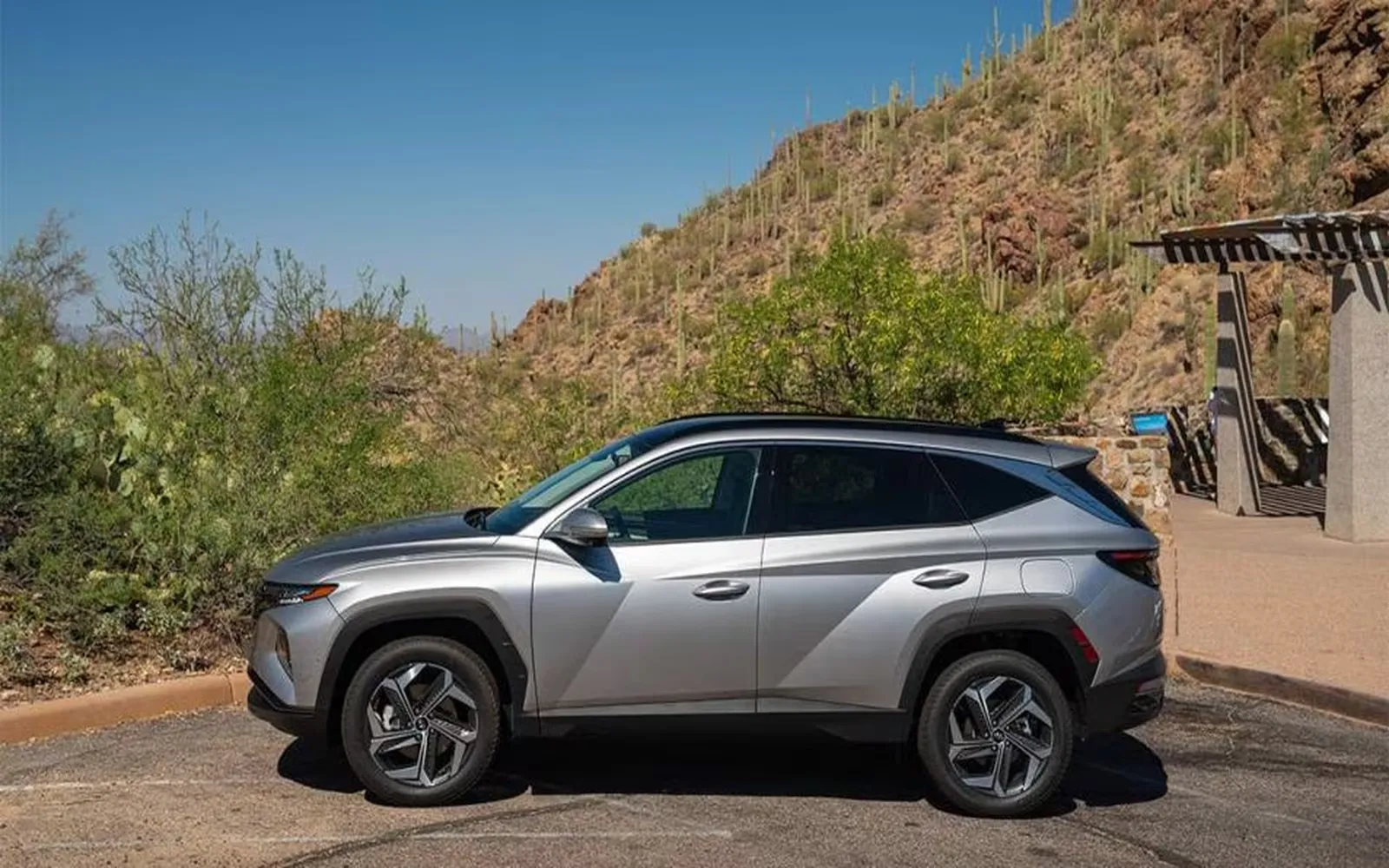
2025 Hybrid Cars: The Future of Eco-Friendly Driving and What to Expect
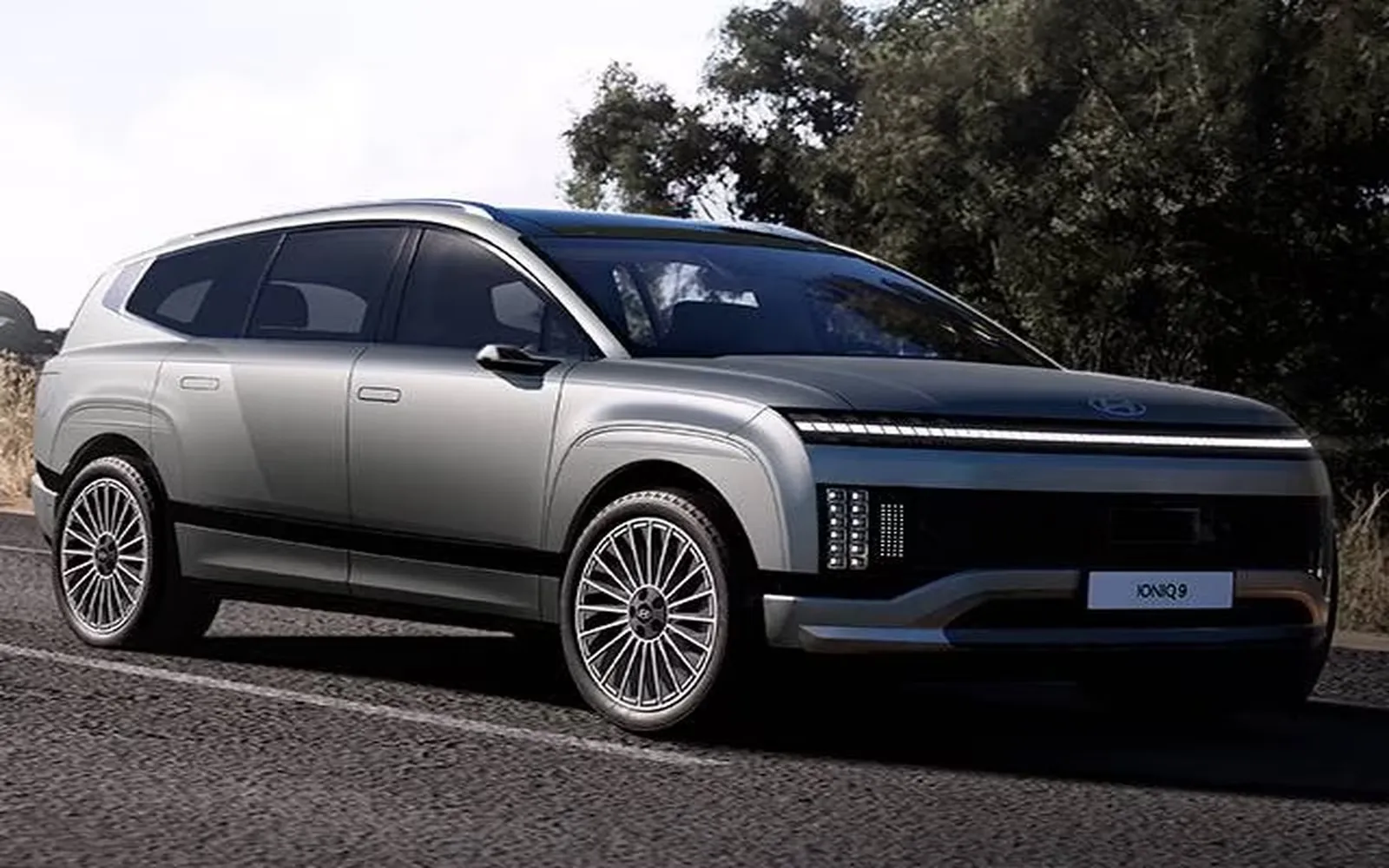
Electric Cars of 2025: The Best EVs to Drive into the Future
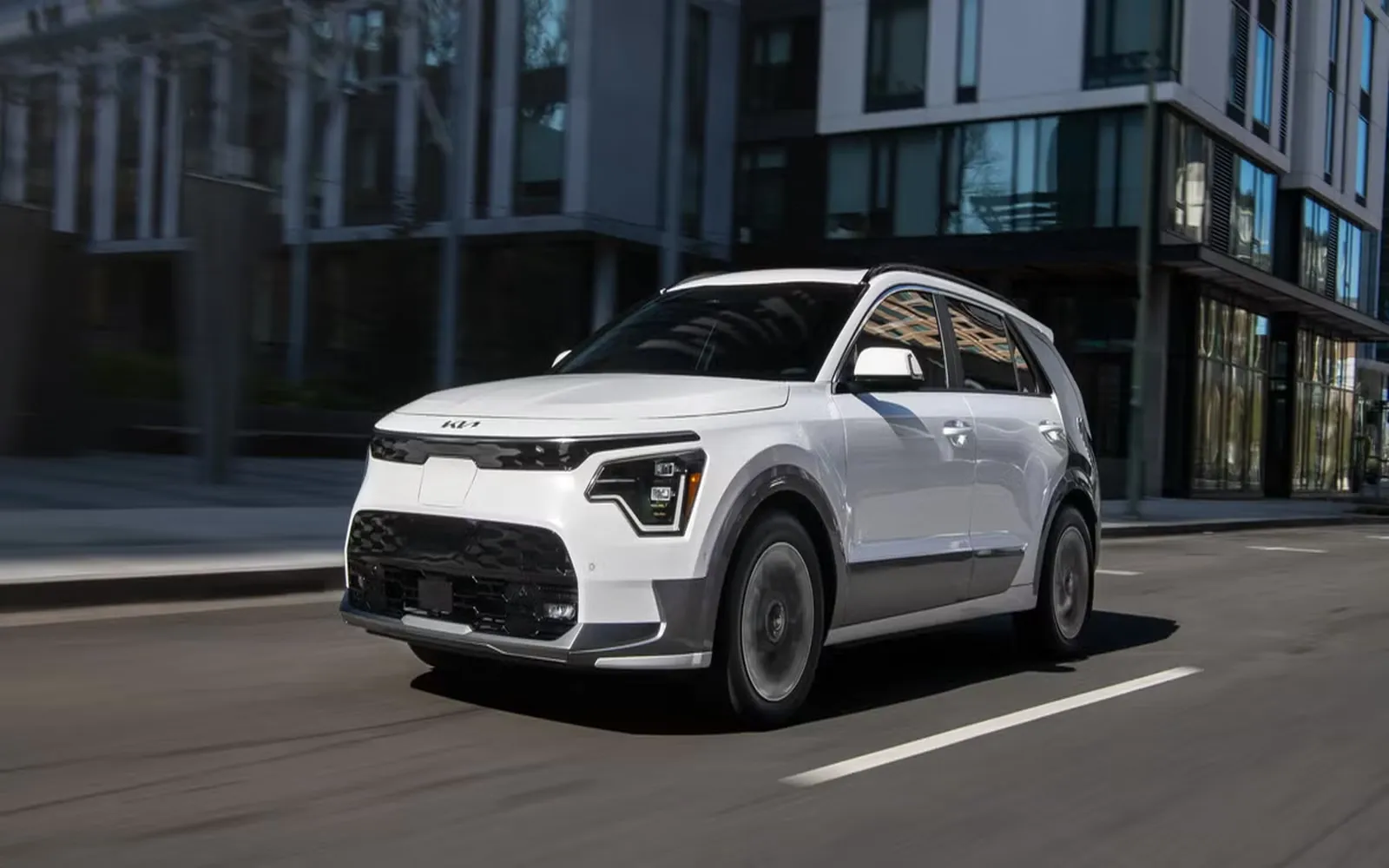
Hybrid Cars of 2025: The Best Eco-Friendly Vehicles for a Sustainable Future

2025 Guide to Electric Cars for Seniors: Models, Benefits, and Buying Tips
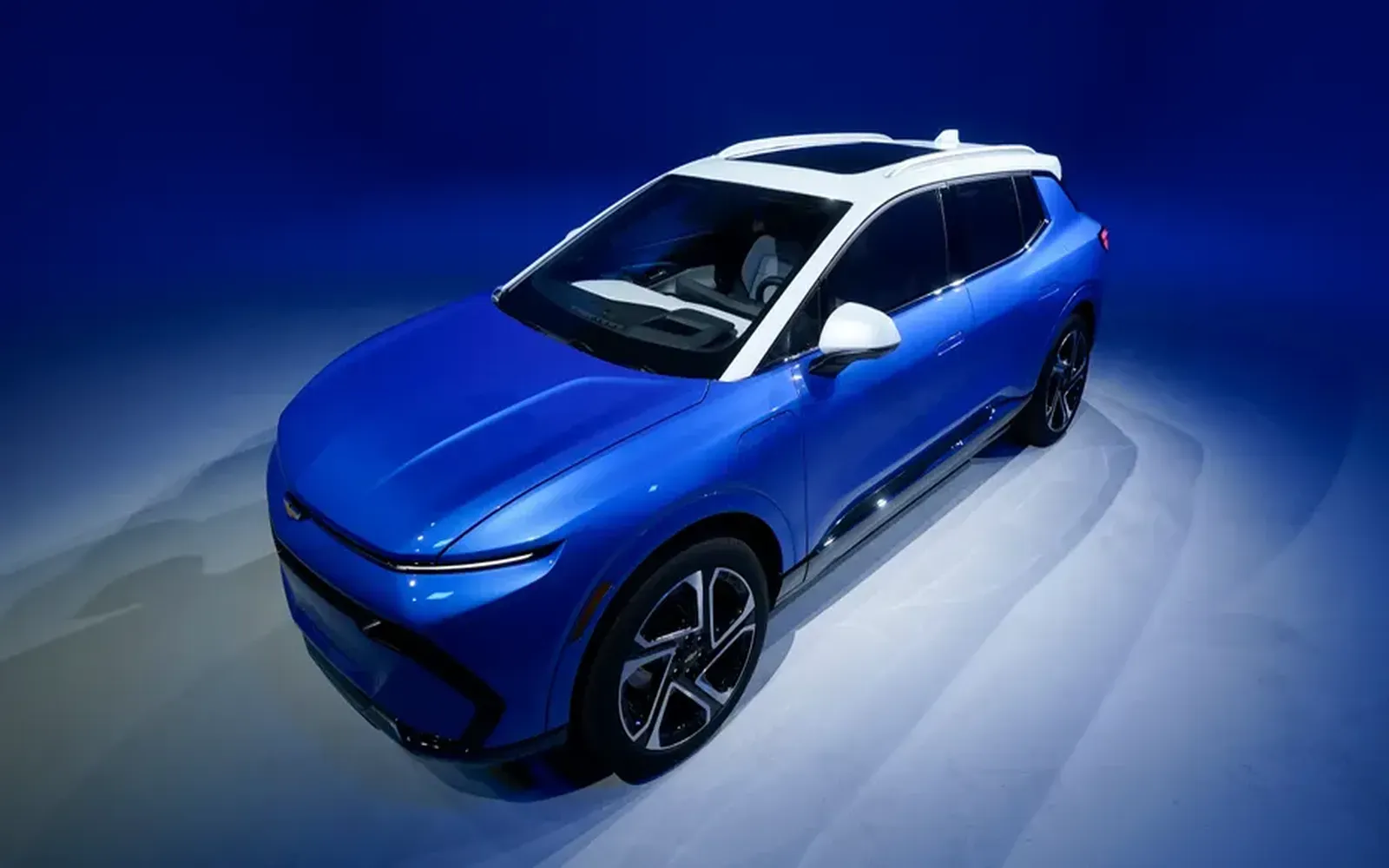
Affordable Electric Cars: Your Ultimate Guide to Budget-Friendly EVs in 2025
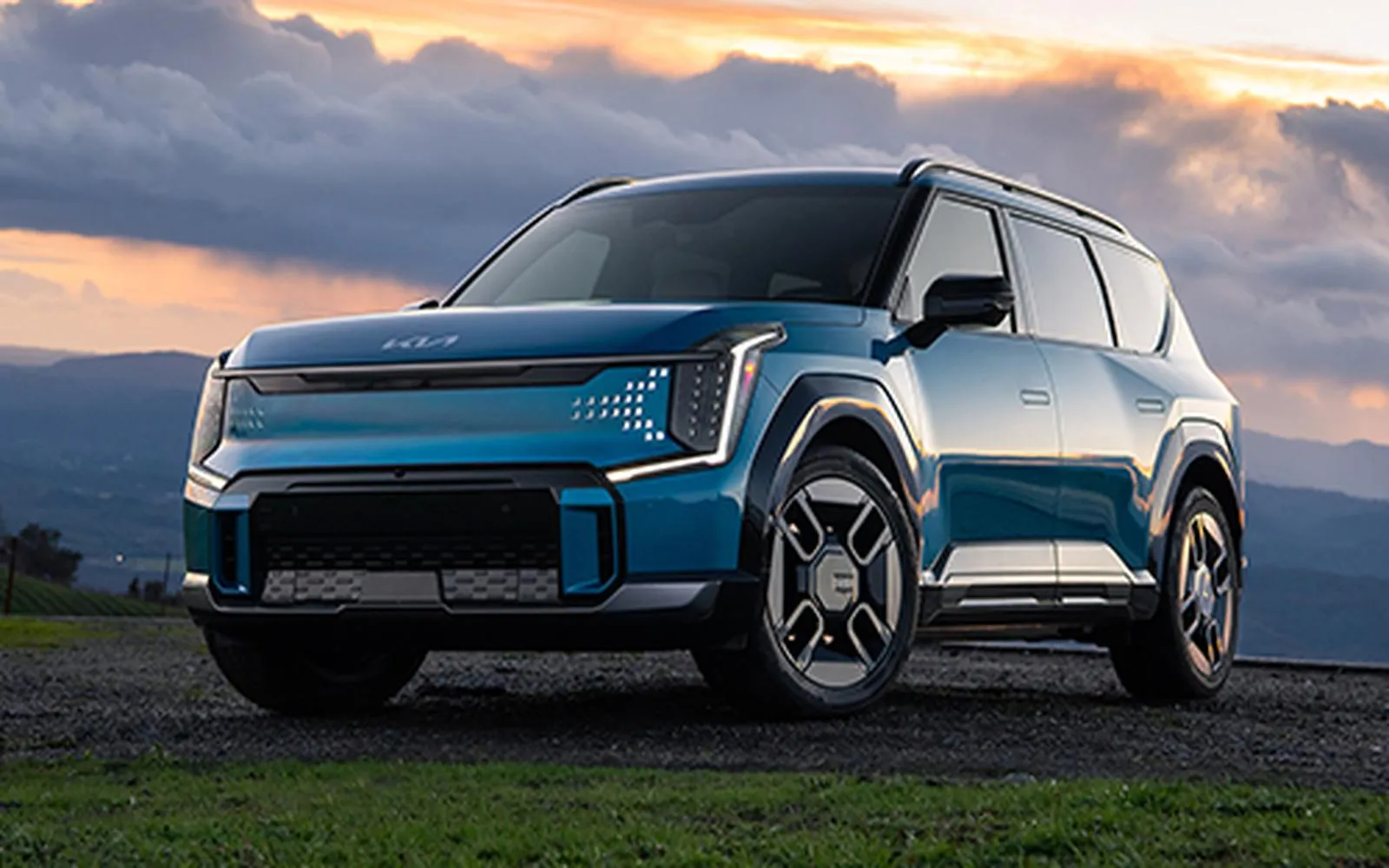
Used Electric Cars to Consider in 2025: Eco-Friendly Choices for Every Budget
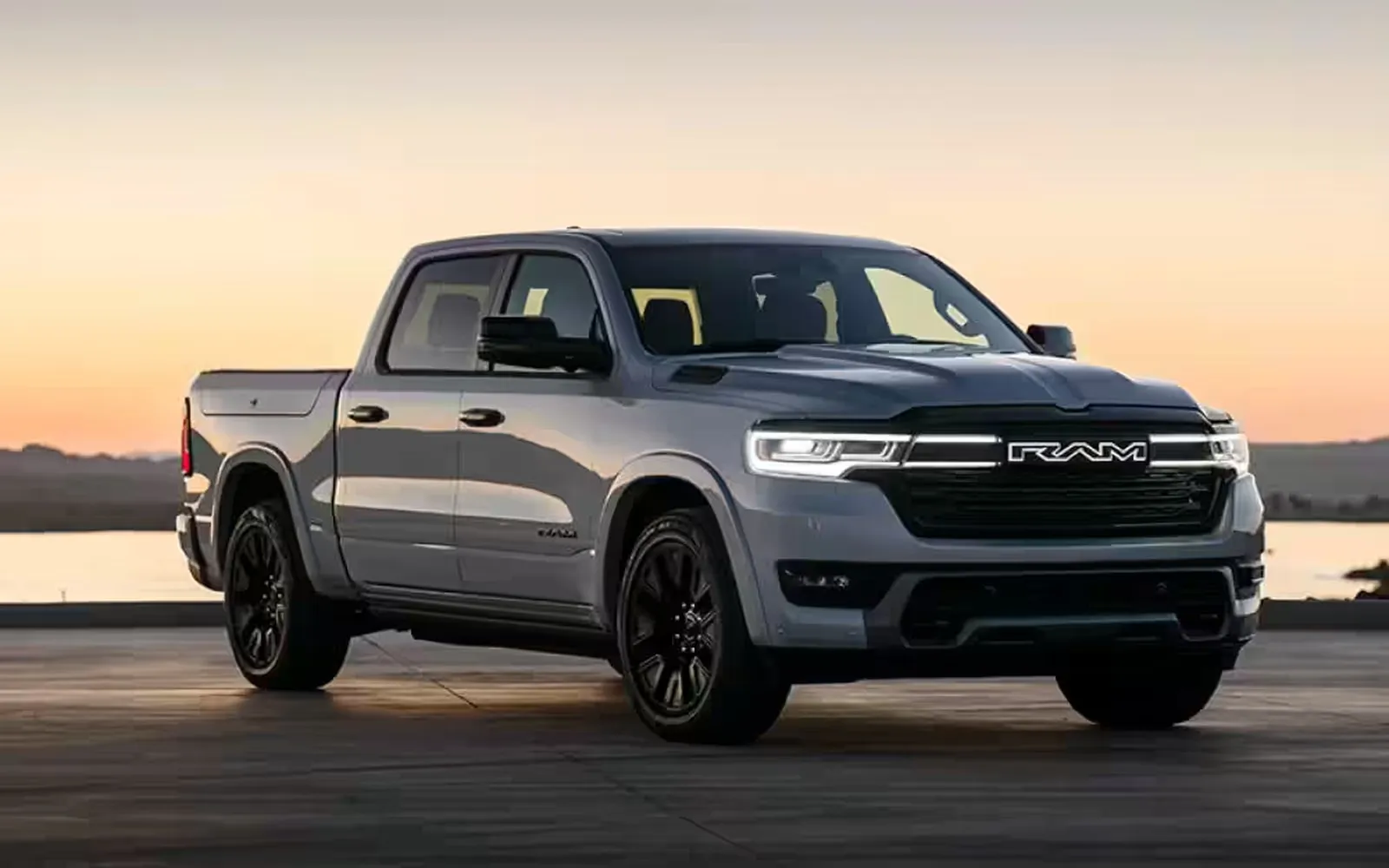
2025 Electric Pickup Trucks: Revolutionizing the Future of Eco-Friendly Hauling
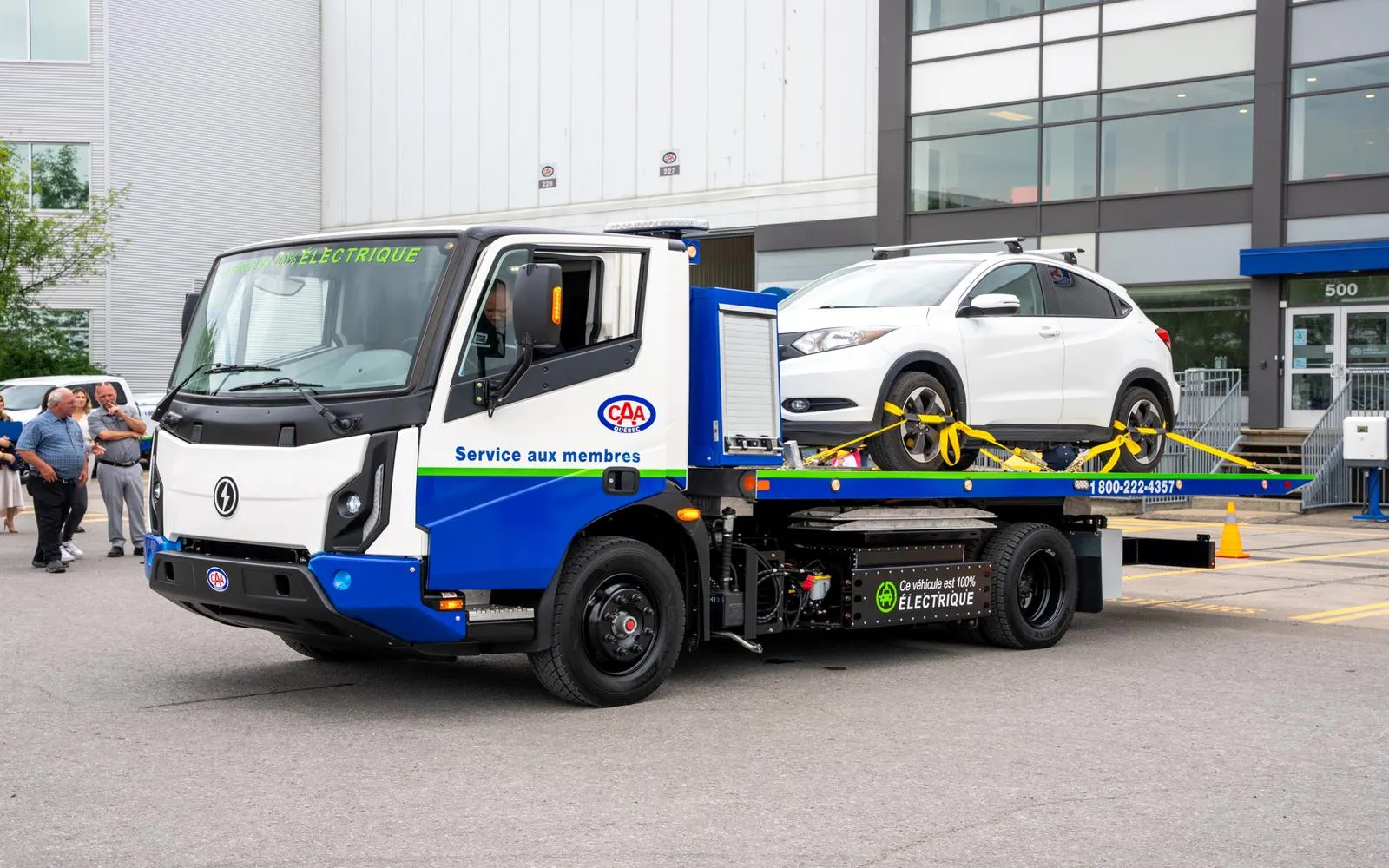
2025 Electric Trucks for Towing: The Future of Heavy-Duty Hauling
